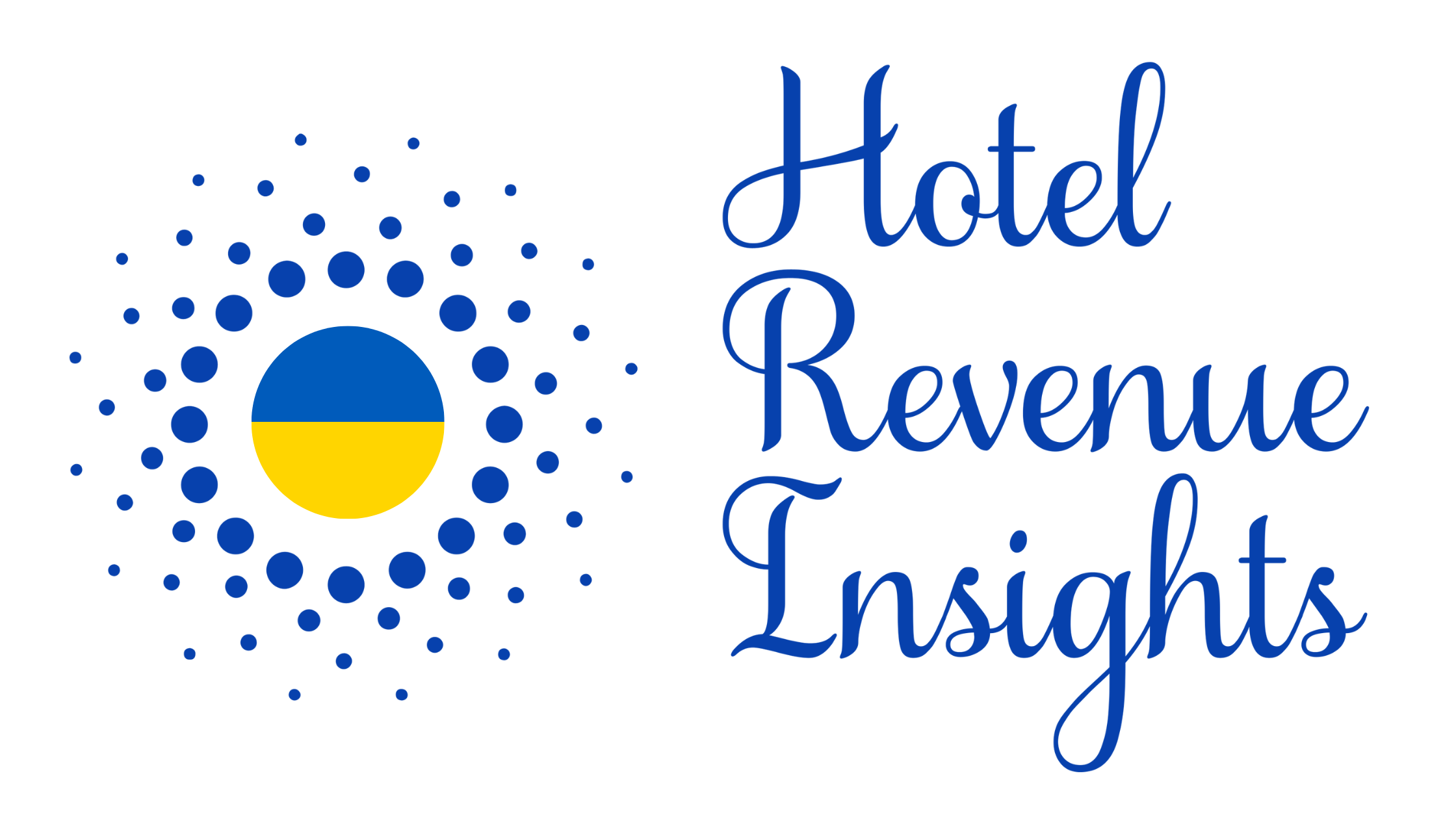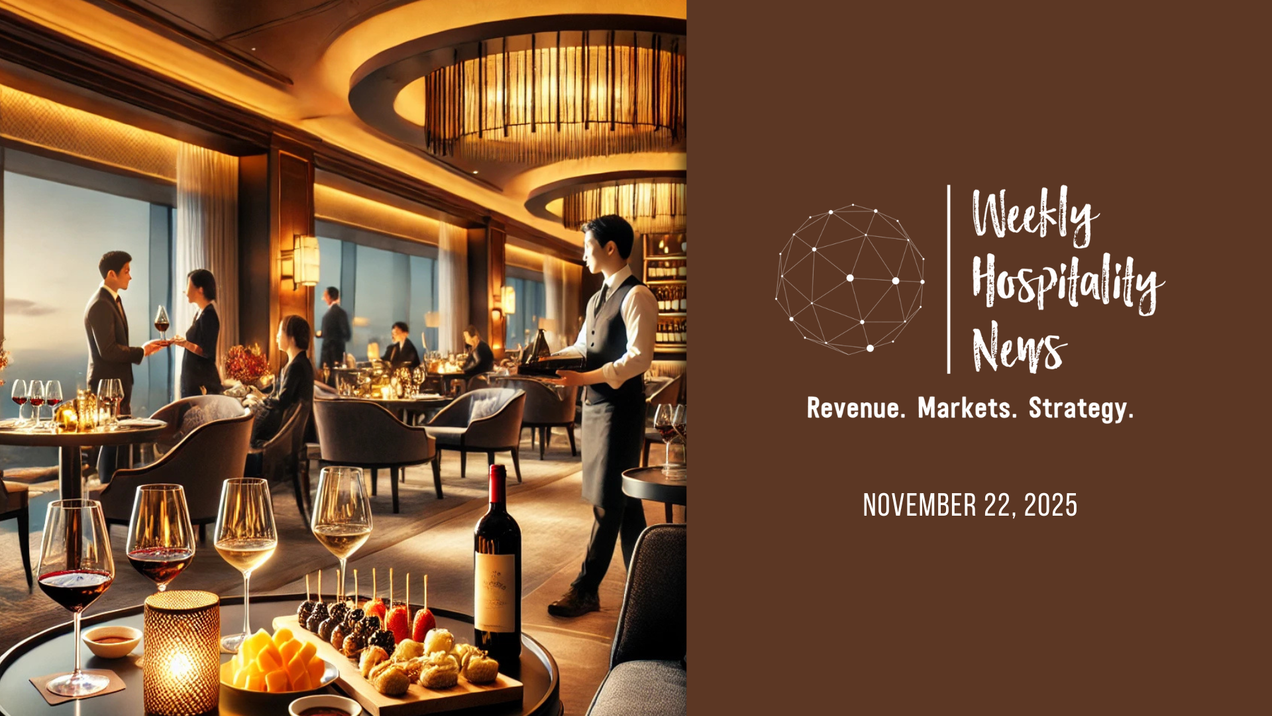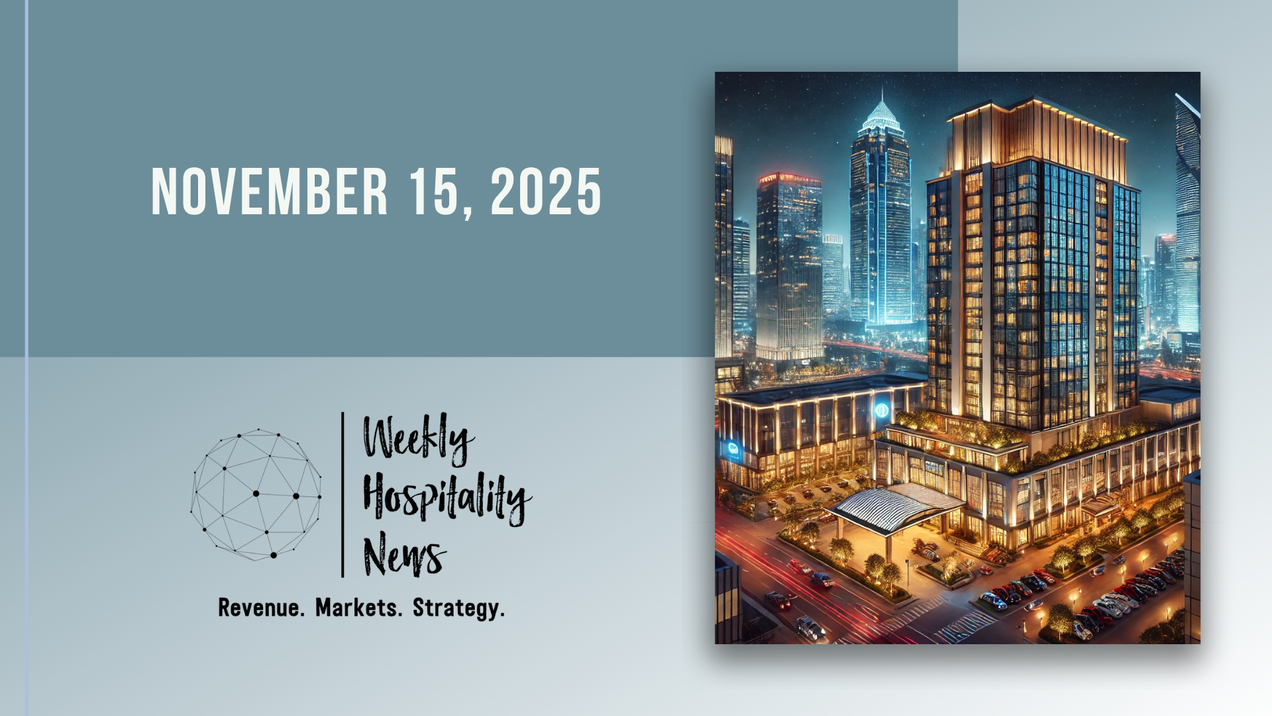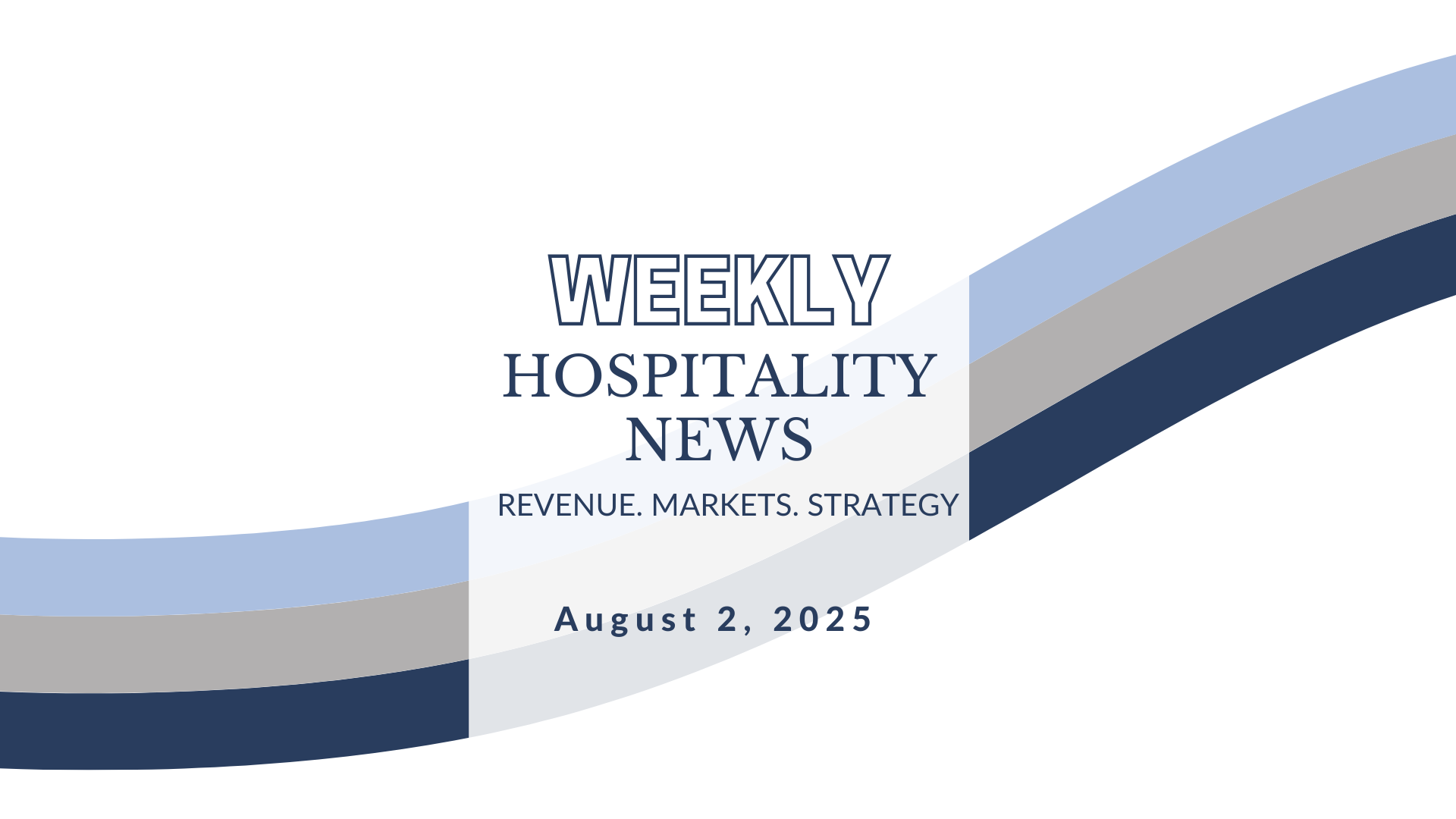
Weekly Insights. August 2, 2025
Best hospitality industry articles focused on 💵revenue, 📊markets, and 🎯strategy (Jul 27 - Aug 2, 2025).
The three imperatives: A new playbook for hotel commercial leaders
The article outlines three core imperatives for modern hotel commercial leaders. First it emphasizes breaking down silos by uniting sales marketing and revenue teams around shared data and goals. Second it calls for a shift from room focused tactics to total revenue thinking that captures spending across every touchpoint from Spa to F&B. Third it urges leaders to embrace agile technology and analytics so they can make faster data driven decisions and adapt to changing market conditions. Together these priorities form a new playbook for driving sustainable growth and staying competitive in an evolving hospitality landscape.

Why Gen Z checks out hotels that check in with the planet
Gen Z favors hotels that show real commitment to the planet, so the article explains that properties win this generation by operating on renewable energy, cutting single use plastics, sourcing local food, being transparent about impact, and sharing progress through social channels. It notes that young travelers research brands before booking, rely on peer reviews, and reward authentic eco initiatives with loyalty and higher spend. By making sustainability part of everyday operations and storytelling, hotels can build trust and capture a growing segment that equates environmental care with overall quality and value.

Cost per occupied room: How to calculate your hotel’s CPOR
The article explains cost per occupied room, or CPOR, which is the average expense of servicing each sold room, including housekeeping, utilities, and other room-related costs. It shows how calculating CPOR by dividing total room operating expenses by rooms sold gives hoteliers a clear view of efficiency, supports smarter budgeting and pricing decisions, and complements revenue metrics like RevPAR and GOPPAR. The article also suggests lowering CPOR through streamlined operations, tighter cost control, add-on revenue, and automation, so hotels can protect margins and boost long-term profitability.

6 ways to increase direct bookings using your hotel booking engine
The article explains six practical ways to turn a hotel booking engine into a powerful driver of direct reservations. It says a seamless mobile friendly design, exclusive direct only deals, honest urgency cues, targeted promo codes for return guests, and continual testing of buttons and layout all raise conversion. It also warns against slow or complicated booking flows, missing trust signals, and out of date availability, stressing that each improvement keeps more revenue in the hotel’s hands and strengthens guest relationships.
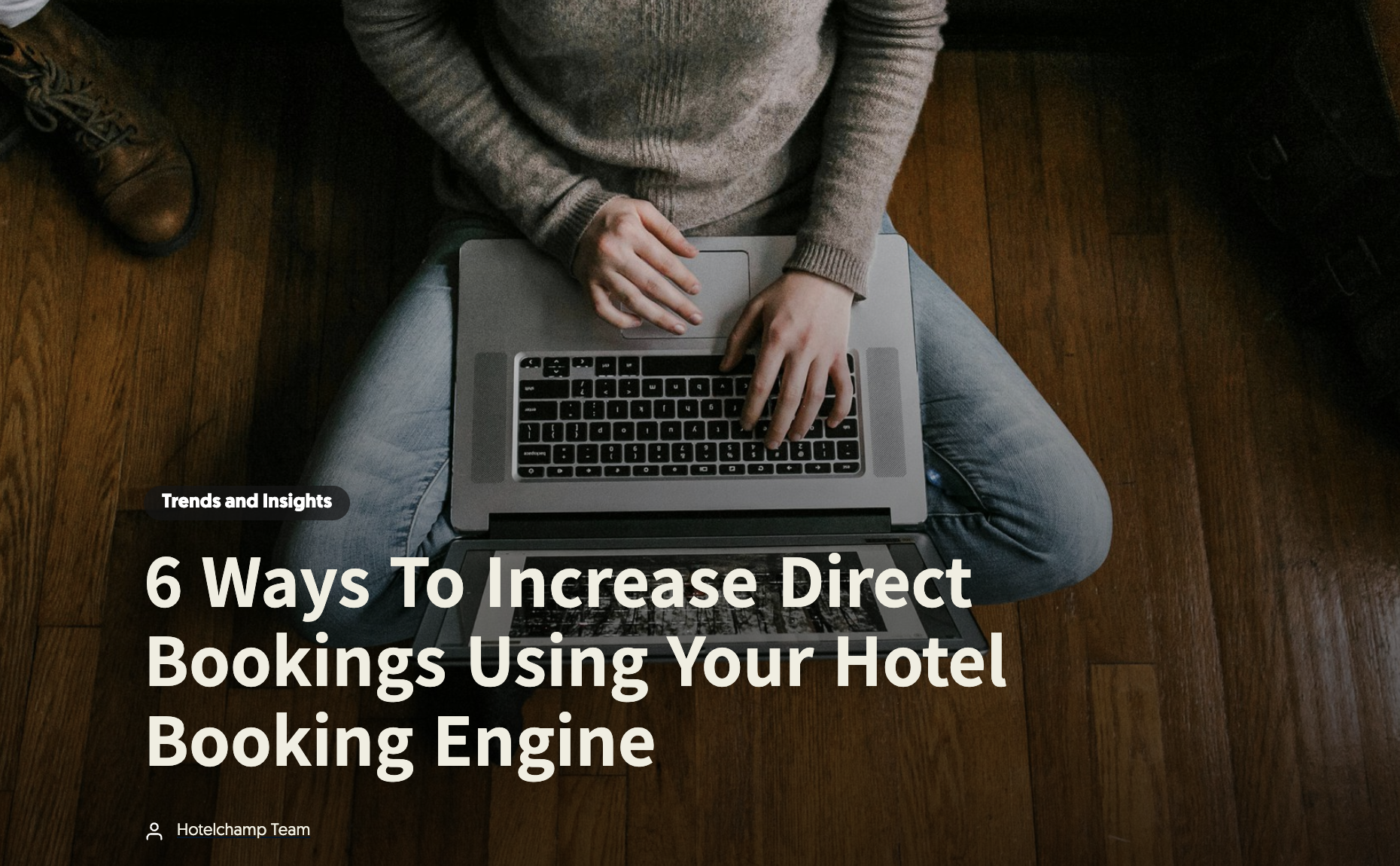
RevPAR vs TRevPAR vs GOPPAR: Which metric really moves the needle?
The article compares RevPAR, TRevPAR, and GOPPAR to show how each metric captures a different layer of hotel performance. RevPAR is useful for daily rate and occupancy checks but ignores other income and costs. TRevPAR adds every revenue stream so it is vital for full service properties that earn as much from dining and extras as from rooms. GOPPAR goes further by subtracting operating costs to reveal true profit, making it a favorite for finance teams and ownership. The author recommends tracking all three in a balanced dashboard, layering TRevPAR onto nightly RevPAR reports, using GOPPAR for monthly profit reviews, and aligning staff incentives with the metric they can influence for a clearer view of what really moves profitability.
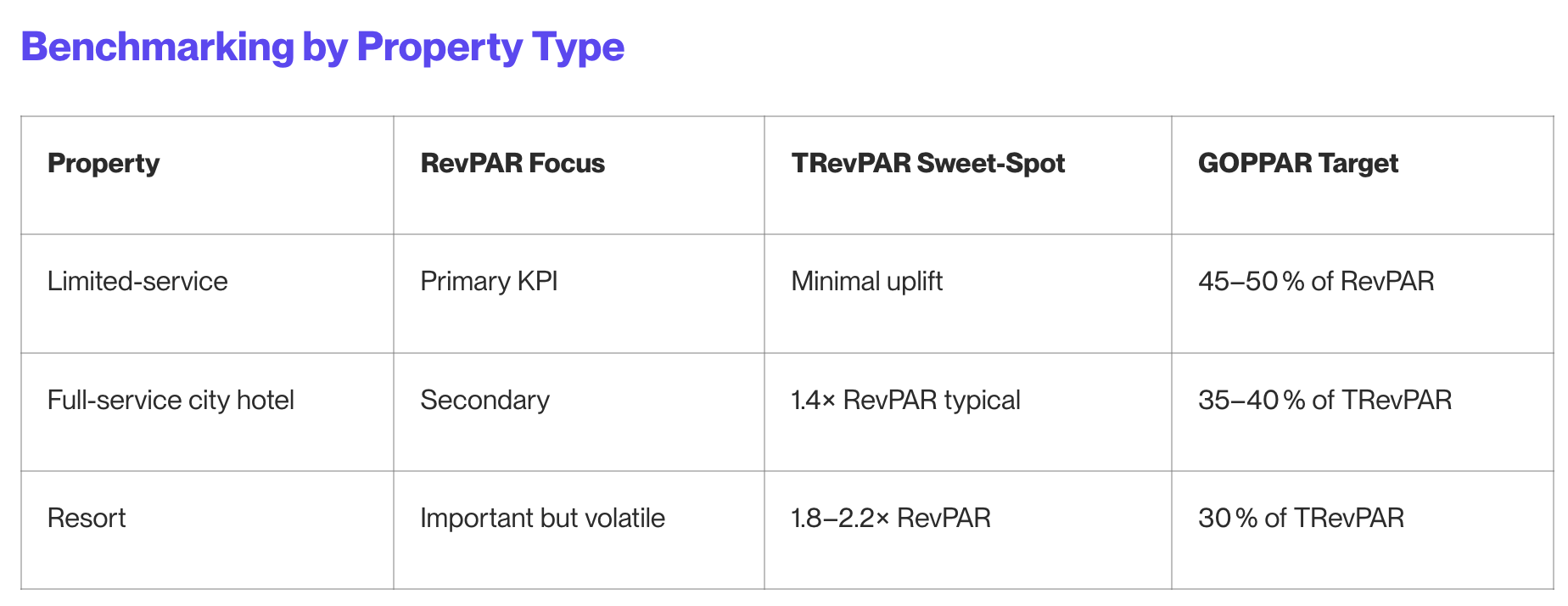
7 hotel revenue management mistakes costing you thousands each month
The article outlines seven frequent revenue management mistakes that cost hotels profit, such as sticking to static rates instead of responding to demand shifts, relying too heavily on OTAs while neglecting direct channels, overlooking market segmentation, failing to integrate forecasting with distribution strategy, ignoring data quality issues, treating ancillary revenue as an afterthought, and letting siloed teams act without shared goals; it pairs each pitfall with corrective actions that help protect margins and improve overall performance.

$1.3 trillion reasons to rethink your strategy: Why experiential and enthusiast travelers should be your top priority
The article urges destination marketers to focus on experiential and enthusiast travelers, a high-value segment that collectively spends about 1.3 trillion dollars each year. These guests seek authentic cultural connections, wellness escapes, adventure, and passion-based pursuits, making them likely to stay longer, spend more, and return. It explains that effective strategies include using real-time travel intent data to identify these audiences, showcasing immersive local experiences, partnering with like-minded operators, and amplifying traveler stories to inspire others.

Follow on LinkedIn
